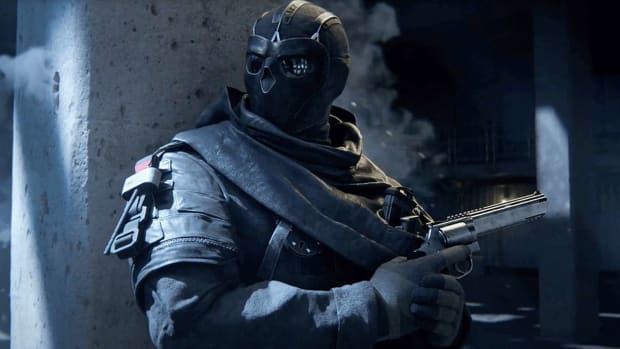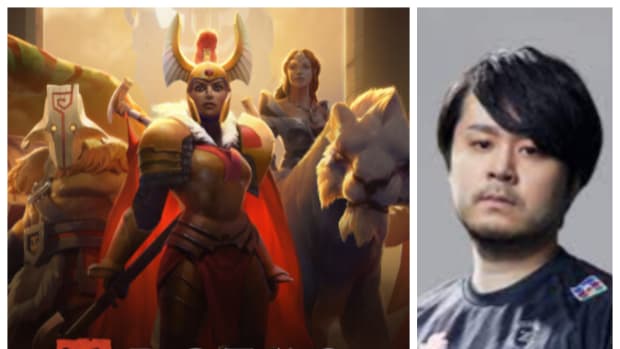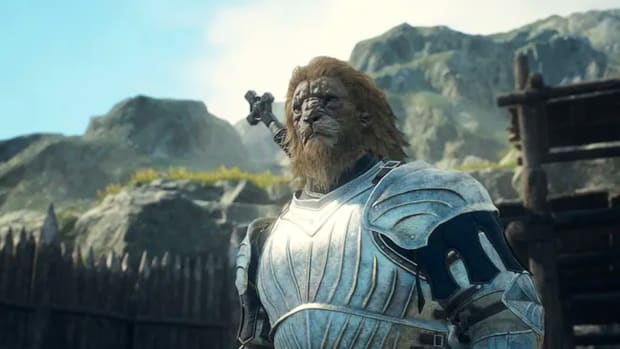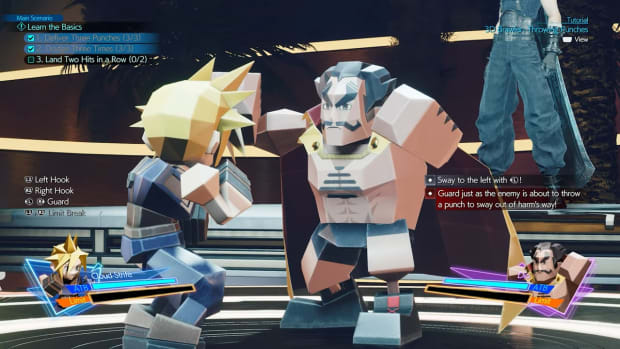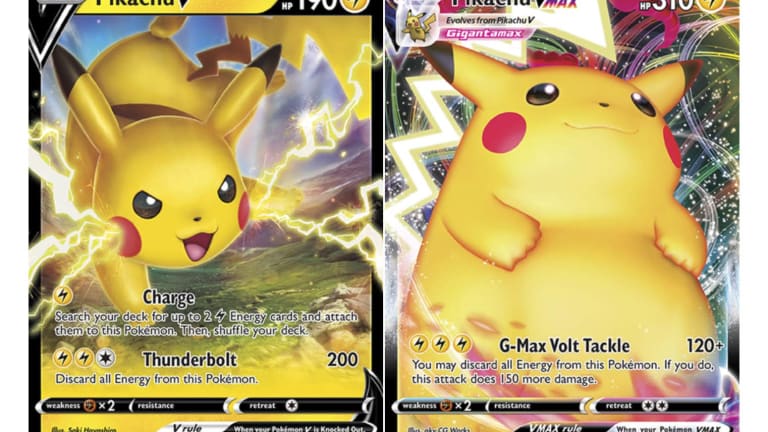
How to Spot Fake Pokémon Cards — Avoid Scams

Pokémon cards have always been a mainstay in pop culture and the world of collecting since the game started in 1998. But the TCG exploded like never before during the past few years when influencers decided to start doing risky pulls to a captive audience of young fans who couldn’t go outside in 2020.
Since then, the Pokémon TCG saw massive changes in pricing. While it’s almost settled now, there were a few years when the prices of cards skyrocketed based on falsified appraisals from within the influencer community. Demand grew and everyone was either buying Pokemon packs or begging their parents for them.
With so many people wanting to get their hands on valuable cards like never before, there are more fake Pokemon cards than we’ve ever seen. The market is overflowing with them and counterfeit cards are being seized all over the world. Unfortunately, these cards are not worth anything and are also illegal to use in tournaments, making them a huge waste of cash.
If you’re new to the Pokémon TCG, here’s how to spot fake cards and avoid getting scammed.
How to Spot Fake Pokémon Cards
There are some things you should do right away if you get a gut feeling that something’s off about a card you’re looking at. Here is how to spot a fake card if you’re buying singles.
First, read the card. Check for spelling and grammatical errors, including any instances of Pokémon spelled without an accent over the “e.” Look at the HP, attack value, and everything else written on the card and then compare it to a photo of the real card online.
You may also notice incorrect font and letter sizing, wrong symbols, and other inconsistencies compared to the real card.
Then flip the card over. Make sure there is no bleeding between the border and the rest of the card’s design. You should also double-check that the colors don’t appear washed out. This can be a bit hard to do online.
The card itself may also be an indicator that it’s a fake. You will notice that the card feels too flimsy or too thick. Maybe it feels and looks a bit too flat and is lacking texture. The edges may be edgy instead of straight and clean.
How to Spot Fake Sealed Pokémon Products
A lot of sealed products — like boxes and packs — can also be fake. These are often pawned off to unsuspecting children or their clueless parents, but it’s still worth knowing what to look for so you don’t fall victim to this scam.
Firstly, always be cautious about buying boxes or other sealed Pokémon products since these are highly valuable to collectors. If a deal seems too good to be true, it most likely is. Don’t buy packs or boxes from unreliable sellers online or from flea markets. You want to buy them from trusted sources like TCG Player, the Pokémon Center, and other sites for collectors.
Similarly to singles, check for spelling and grammar mistakes on the packaging. You may also notice images that are from the anime or taken from online.
The way it’s packaged is another indicator. Booster boxes are always wrapped in cellophane with a Poke Ball logo. Avoid any products that have hard and crinkly cellophane, as well as ribbed or wavy edges.
The cards inside should also appear a certain way. They should all be facing the same direction with the same side up. Check how the rares are set up — sometimes they are placed differently or all in the front in fake packages.

